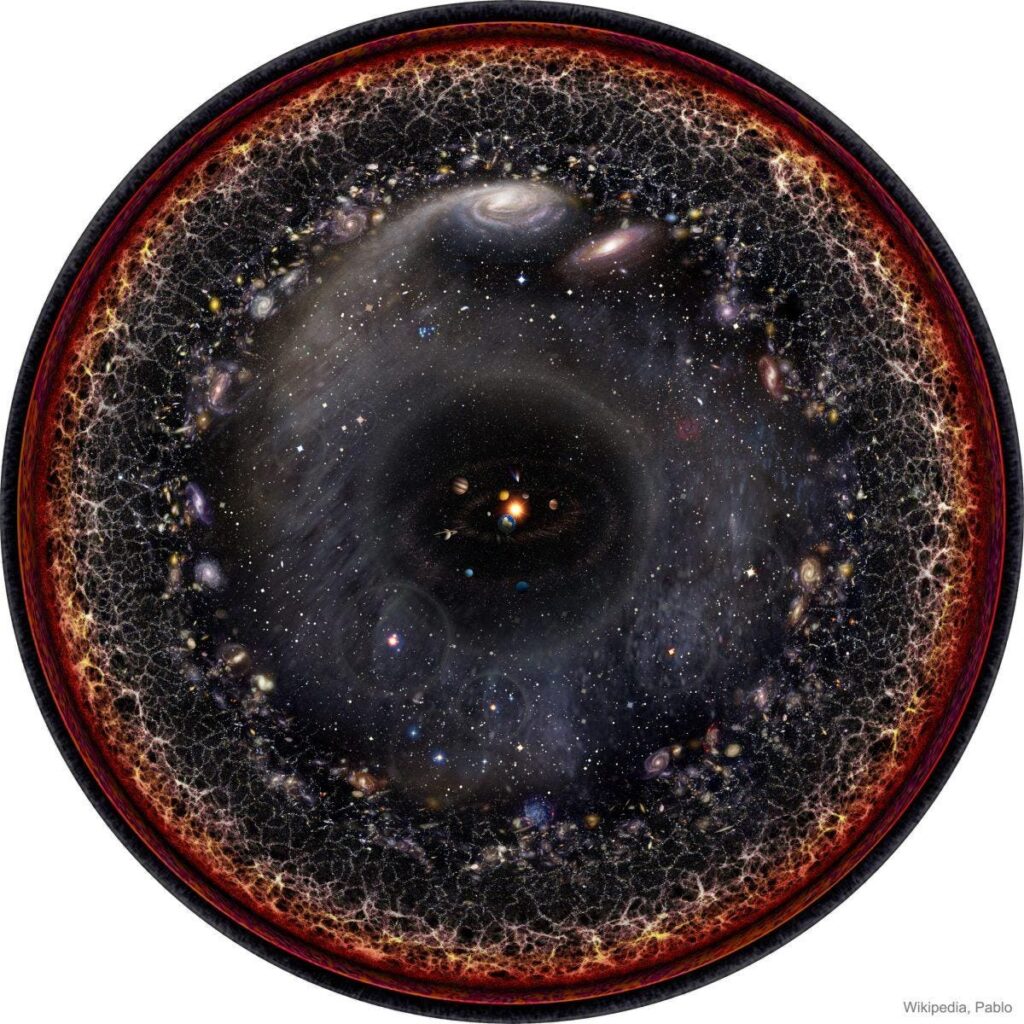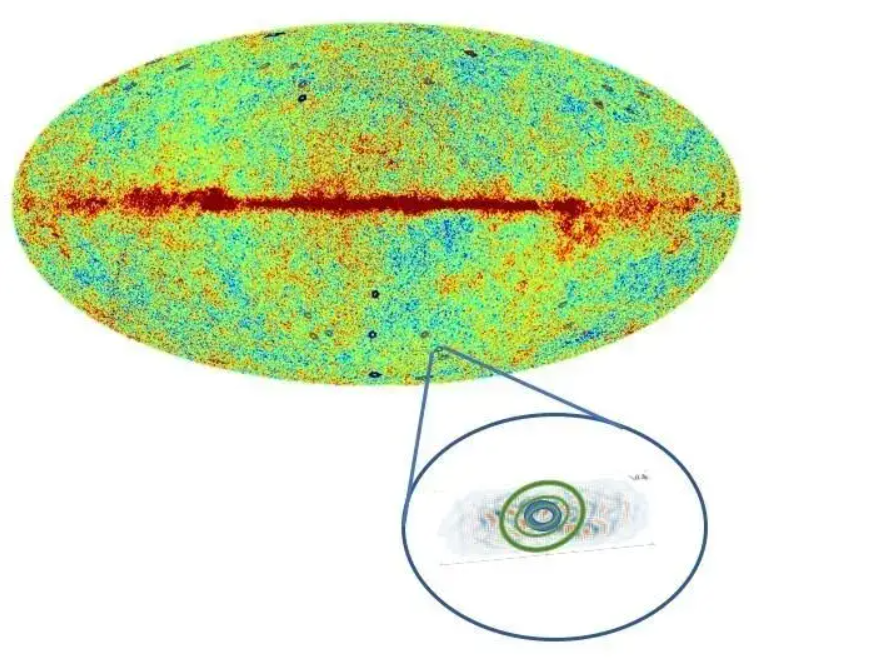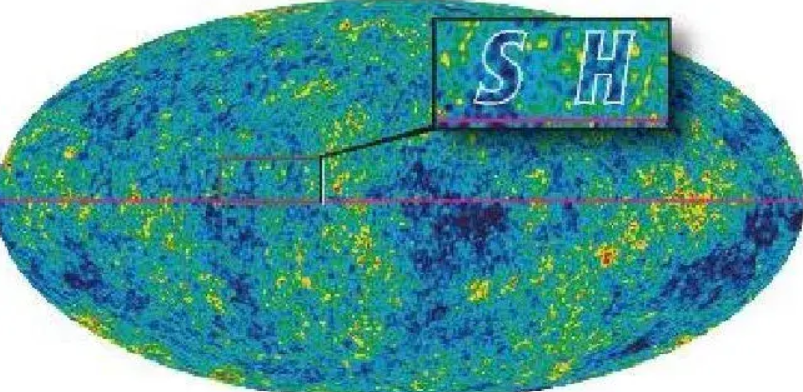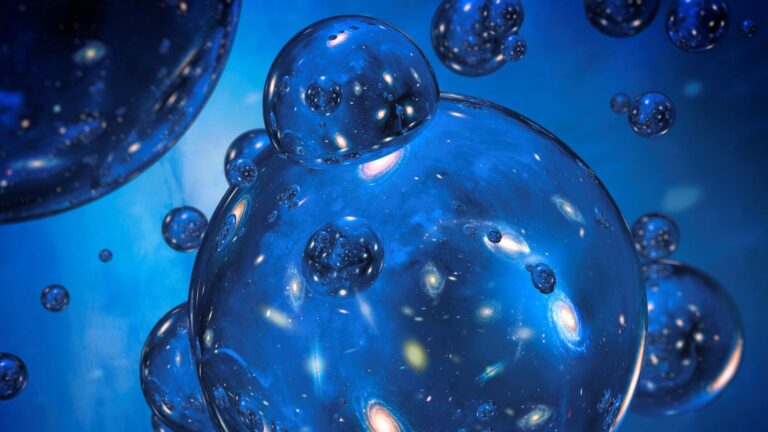According to a recent study conducted by a team of theoretical physicists, traces of previous universes have been discovered within the residual radiation from the Big Bang. While our universe consists of observable matter like gas, dust, and stars, it also contains mysterious elements such as dark matter and dark energy. Despite our extensive knowledge, we can only directly observe about 5% of the universe, leaving the remaining 95% shrouded in mystery. Scientists are actively working to unravel this enigma.
Contrary to popular belief, this group of physicists argues that our universe is not the only one. Instead, they propose that it is just one among many universes that come into existence, expand, and eventually cease to exist. One of the prominent scientists supporting this idea is Roger Penrose, a mathematical physicist who is well-known for his collaboration with Stephen Hawking. Currently, Penrose serves as the Emeritus Rouse Ball Professor of Mathematics at Oxford University. He and his colleagues advocate for a cosmological theory called conformal cyclic cosmology (CCC), which suggests that universes, similar to living beings, undergo a cycle of birth, expansion, and demise.

As the universe ages, it goes through a process of expansion, causing its constituent elements to drift further apart. This leads to a decrease in interactions between galaxies, which are crucial for star formation and evolution. Eventually, stars deplete their fuel and the remaining matter gets consumed by black holes.
One of Stephen Hawking’s groundbreaking theories suggests that black holes can gradually lose mass and energy by emitting specific particles. As a result, over immense periods of time, black holes would completely dissipate, leaving behind scattered particles. In this barren state, reminiscent of the universe’s early conditions, the cycle begins anew.
During the early stages of our universe, when there were no discernible structures such as stars or galaxies, it was filled with a dense and hot plasma. As the universe expanded and cooled down, particles came together to form atoms.
Subsequent interactions led to the fusion of atoms, resulting in the creation of all observable matter. However, remnants of the universe’s early stages can still be found in the form of Cosmic Microwave Background (CMB) radiation, the oldest electromagnetic radiation present throughout the universe. According to CCC theory, traces of past universes may be detectable within the CMB of our own universe.
After a universe comes to an end, CCC theory proposes that remnants called “Hawking points” continue to exist beyond its destruction, carrying over into the next universe. While not definitive proof of previous universes, the discovery of such remnants would provide strong support for CCC theory.

The quest for these Hawking points presents a significant challenge for cosmologists, given the subtle and unpredictable variations in the CMB. However, Penrose maintains that comparing a model CMB with Hawking points to actual CMB data suggests the presence of Hawking points. If confirmed, this would mark the first-ever detection of evidence from a different universe.
Despite the groundbreaking nature of this finding, it has been largely overlooked by the scientific community. The key characteristic of the CMB is its random nature, which can lead to biased interpretations. Critics argue that the alleged Hawking points might be mere products of chance fluctuations rather than genuine traces of past universes.
Furthermore, critics point out that if CCC theory were correct, our universe should contain numerous Hawking points in the CMB, yet only a few have been found. Nonetheless, the idea of alternate universes, whether extinct or coexisting alongside our own, continues to captivate interest.

Many theories claim to identify evidence of alternate universes in the patterns of the cosmic microwave background (CMB). While this may sound like something out of a science fiction story, it raises an intriguing question: are these interpretations similar to finding shapes in clouds, or do they signify a significant breakthrough in understanding the fundamental nature of our existence?
Do not forget to share your opinion with us to provide you with the best posts !




0 Comments